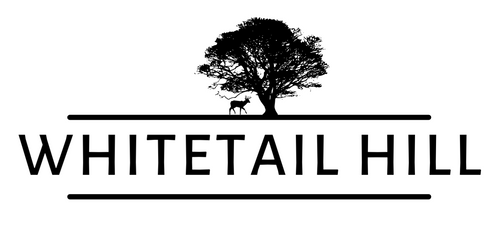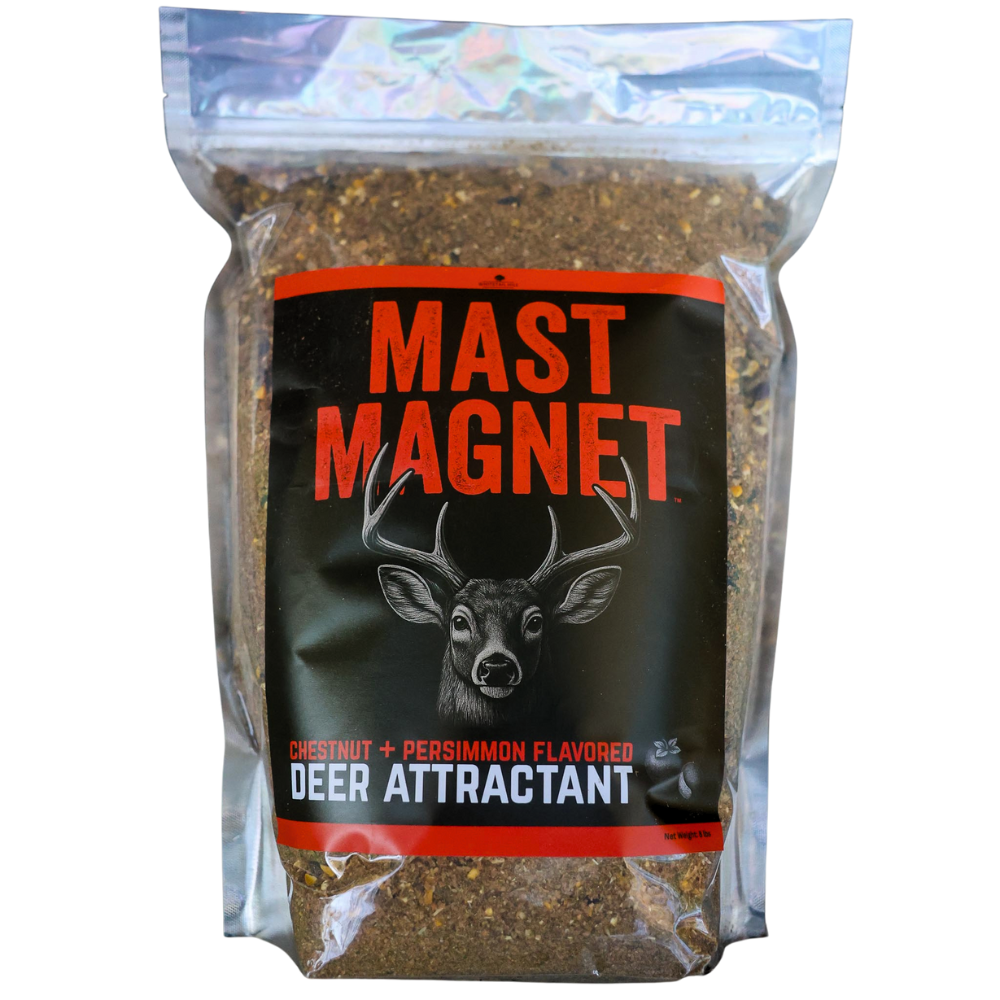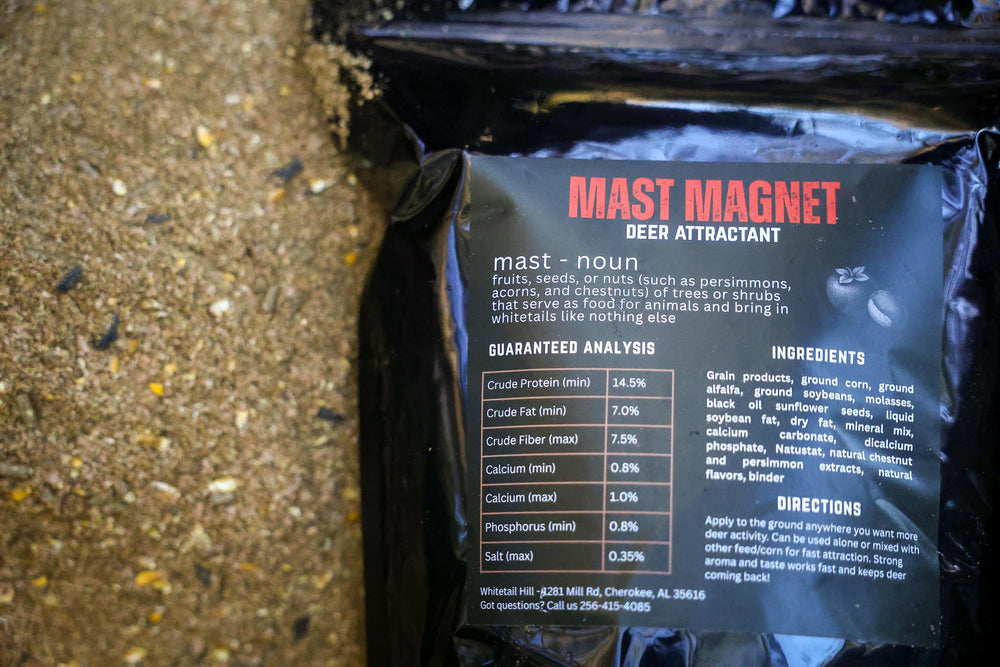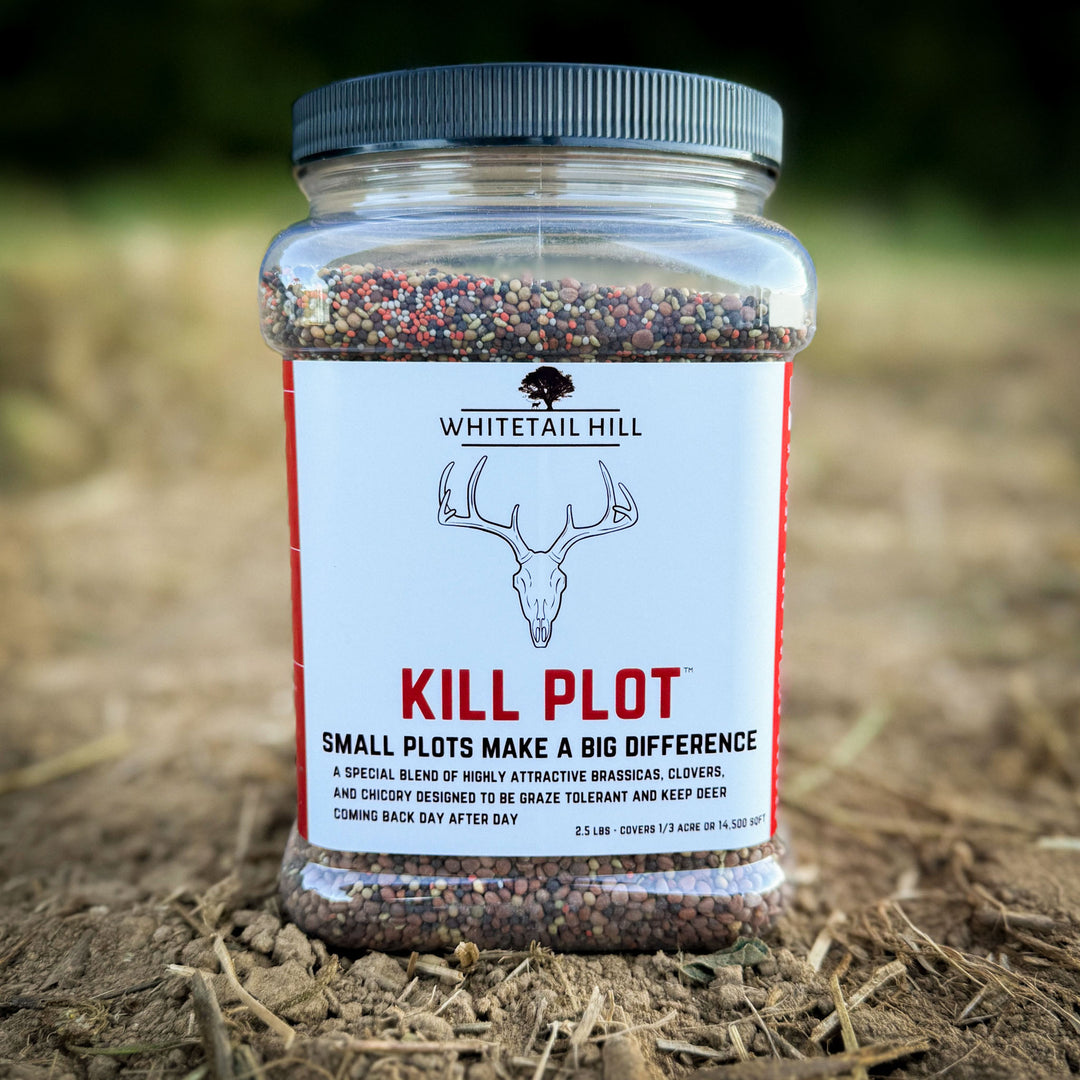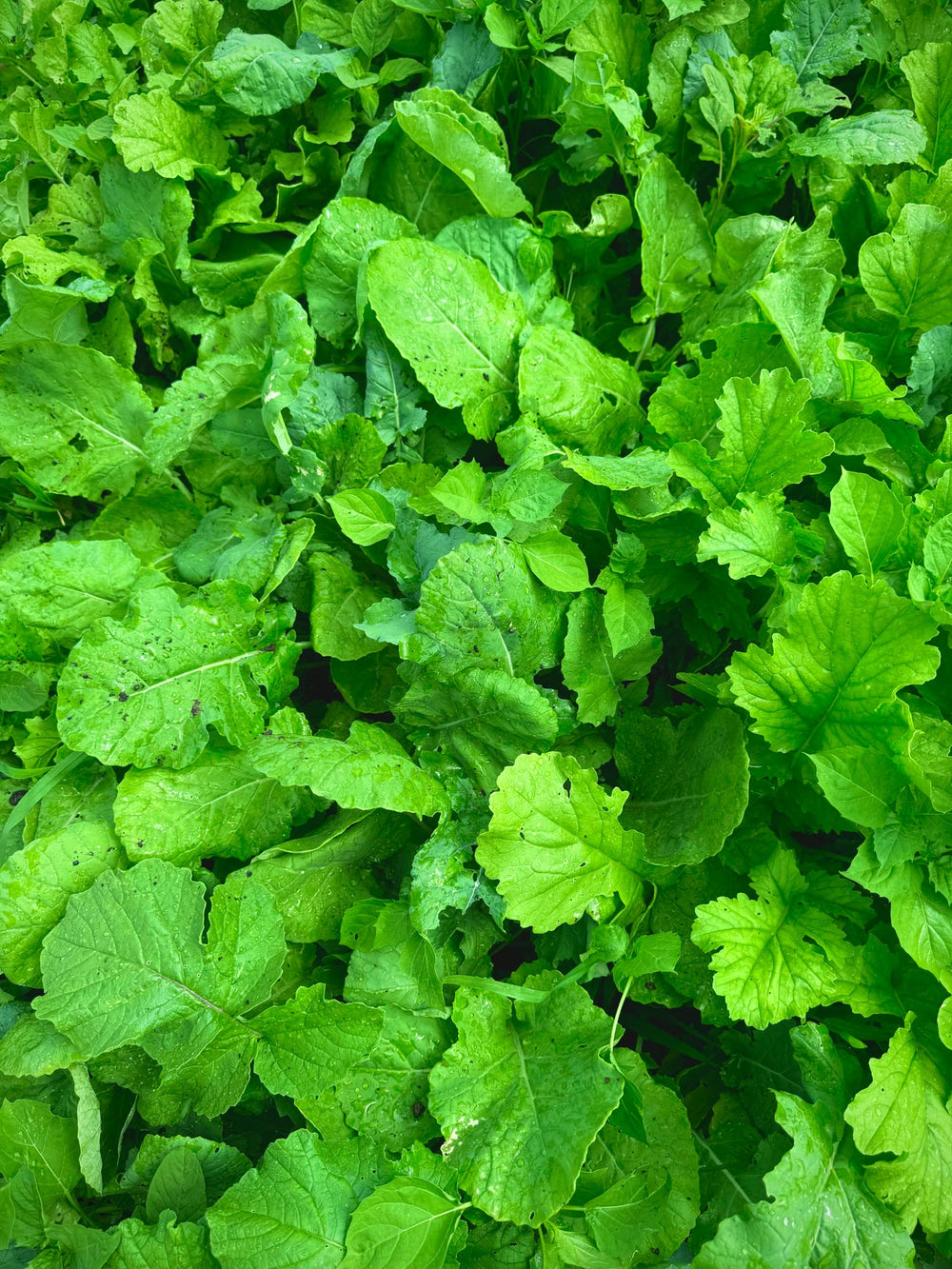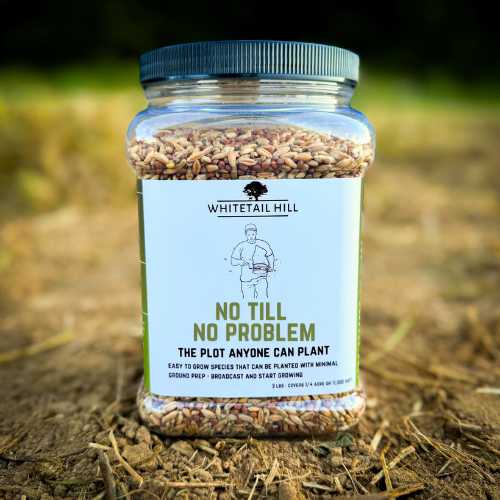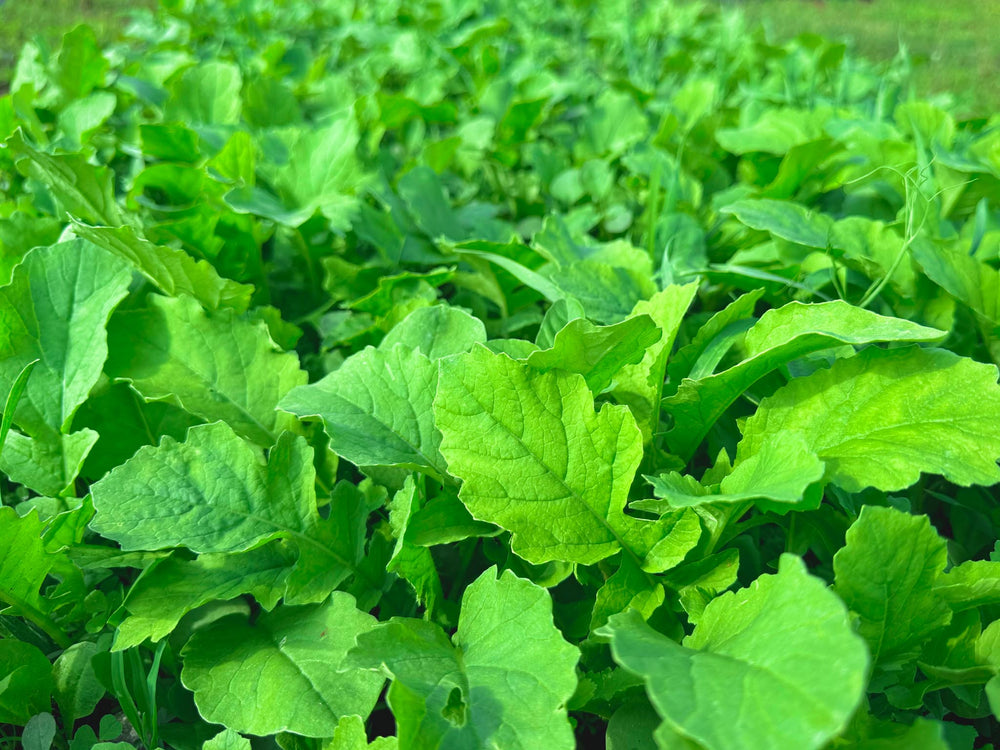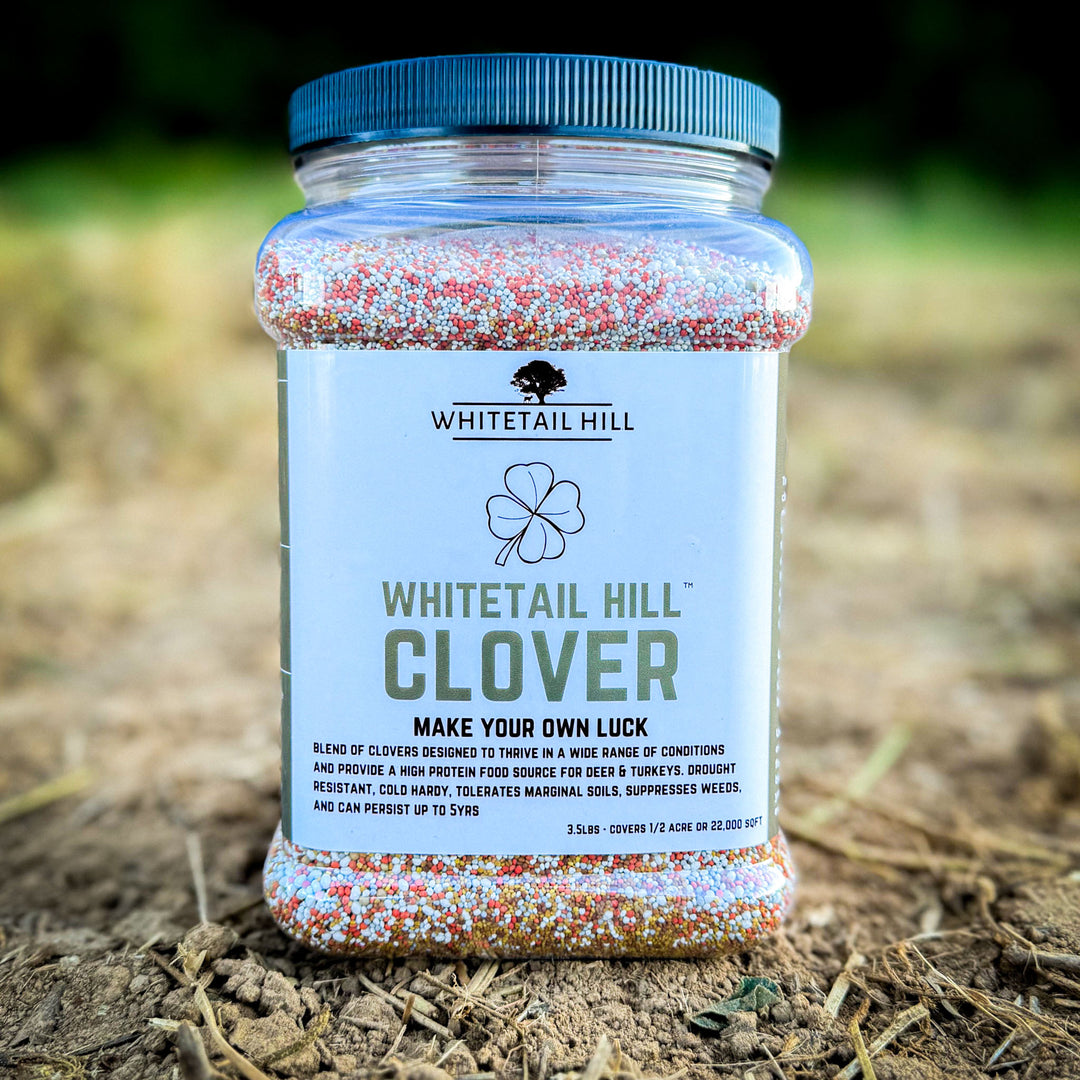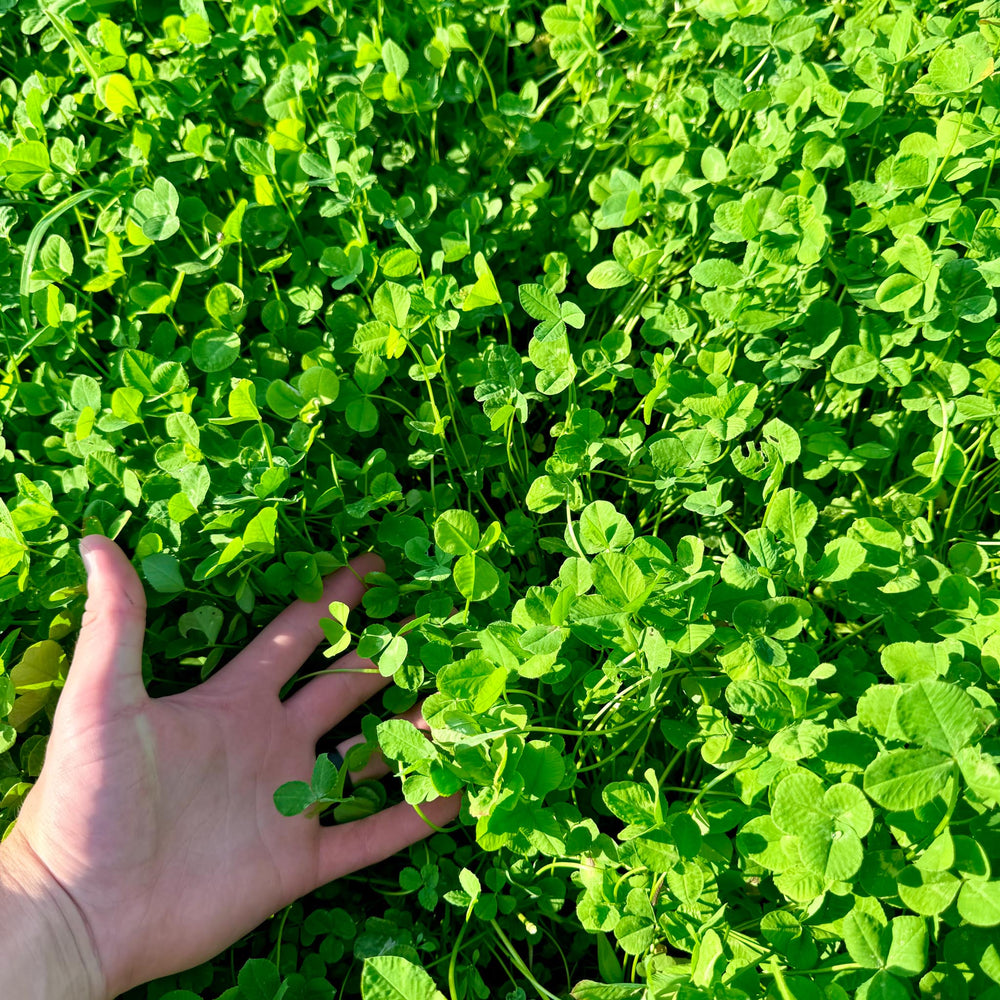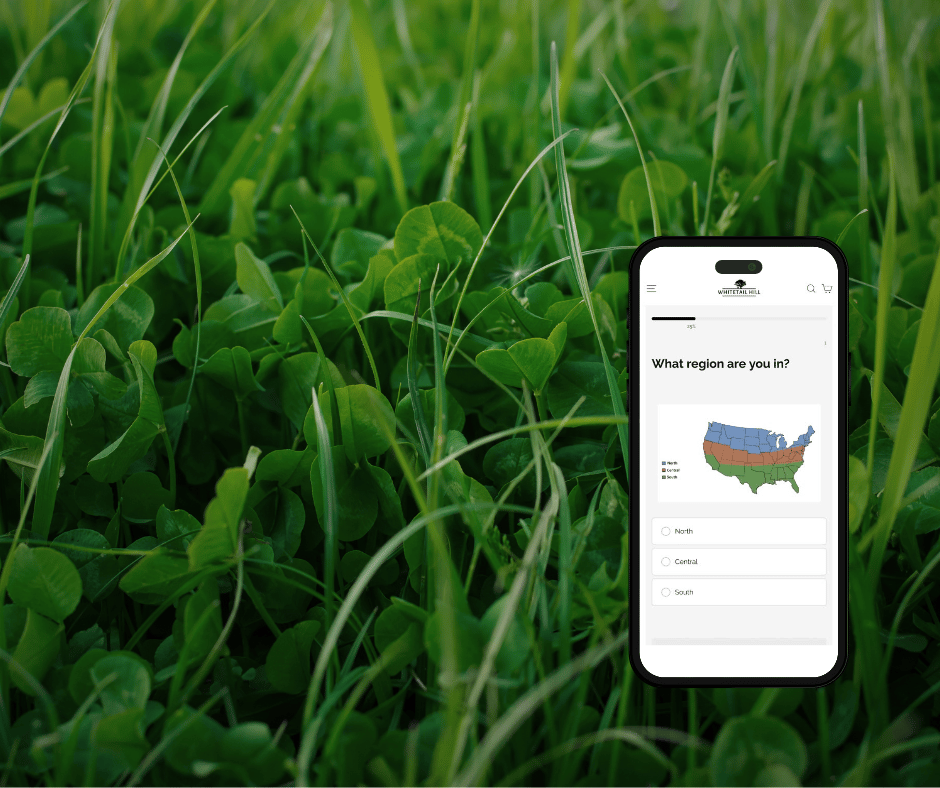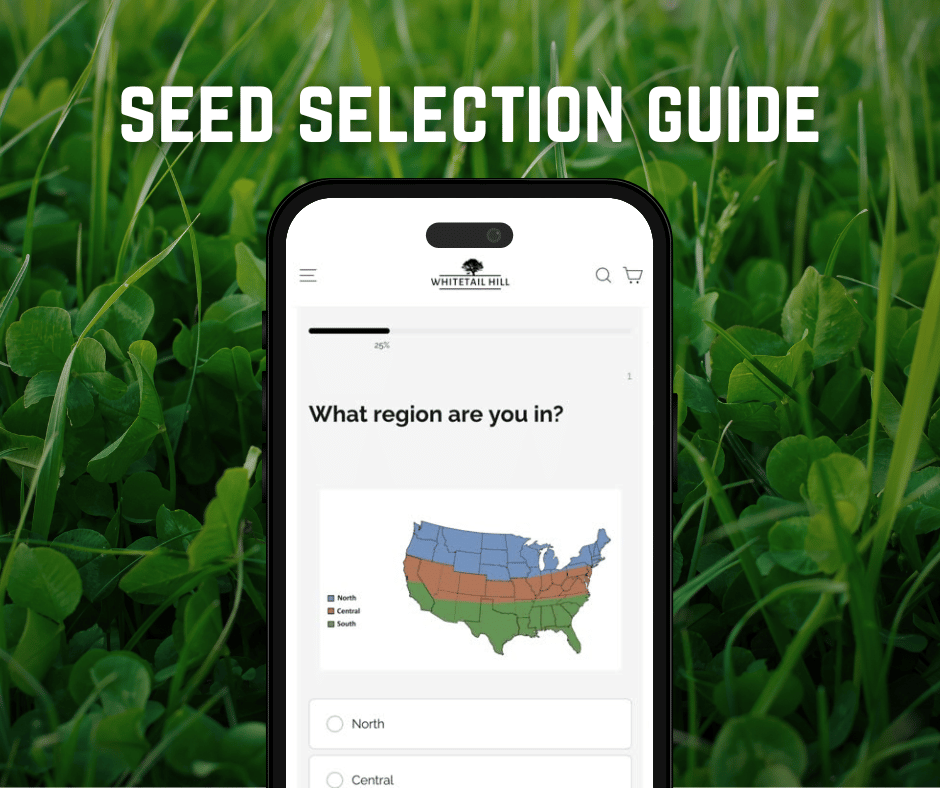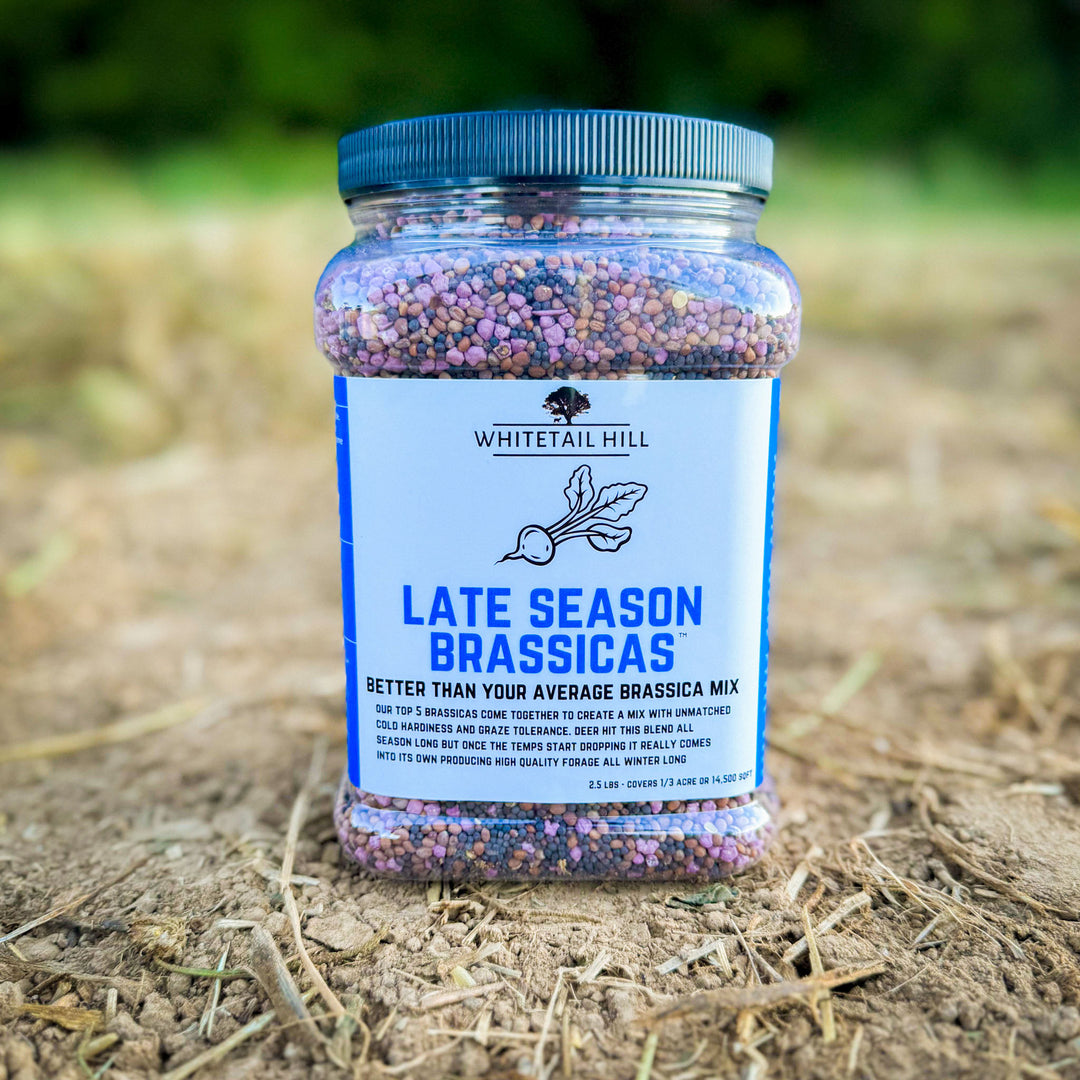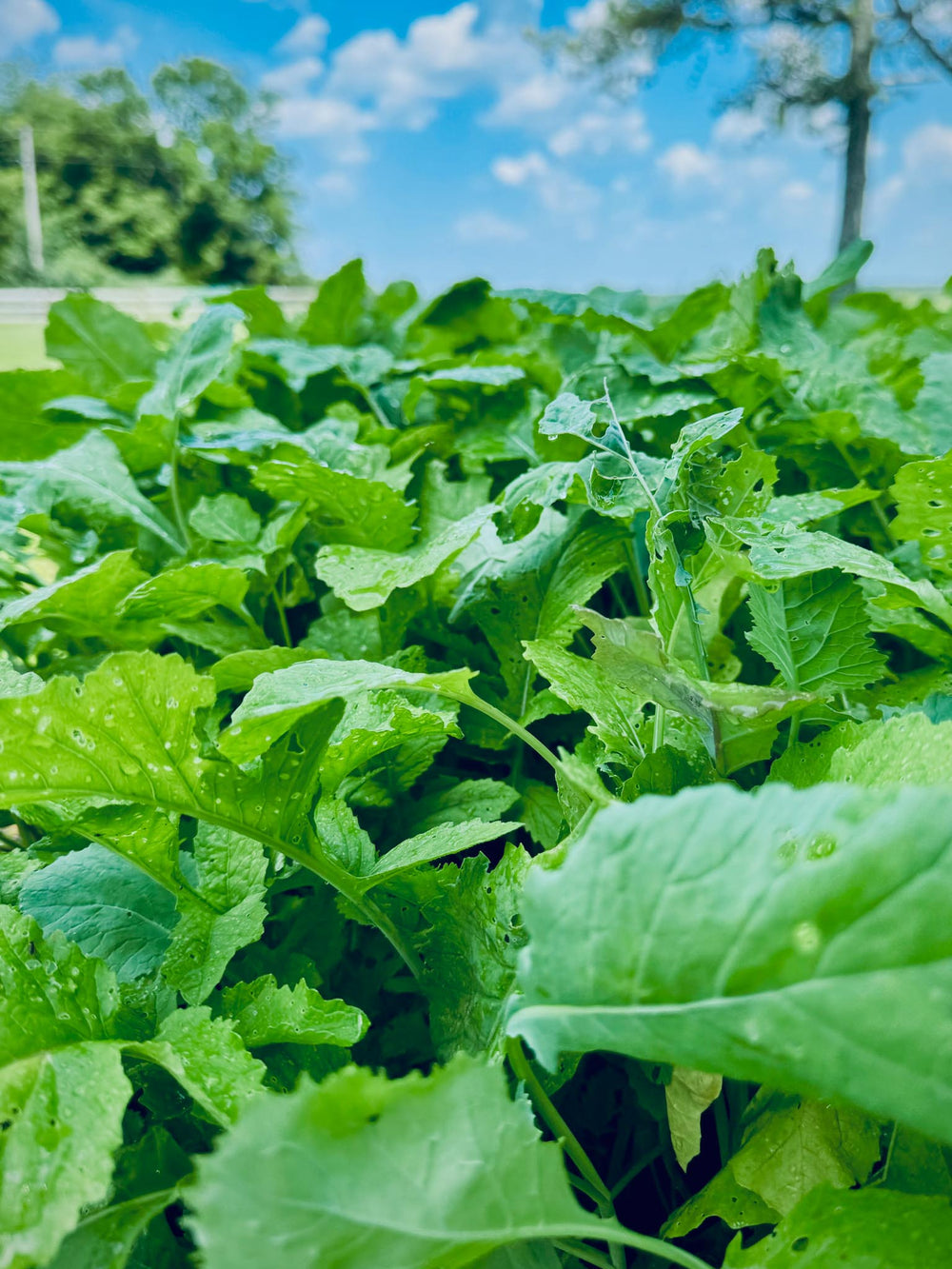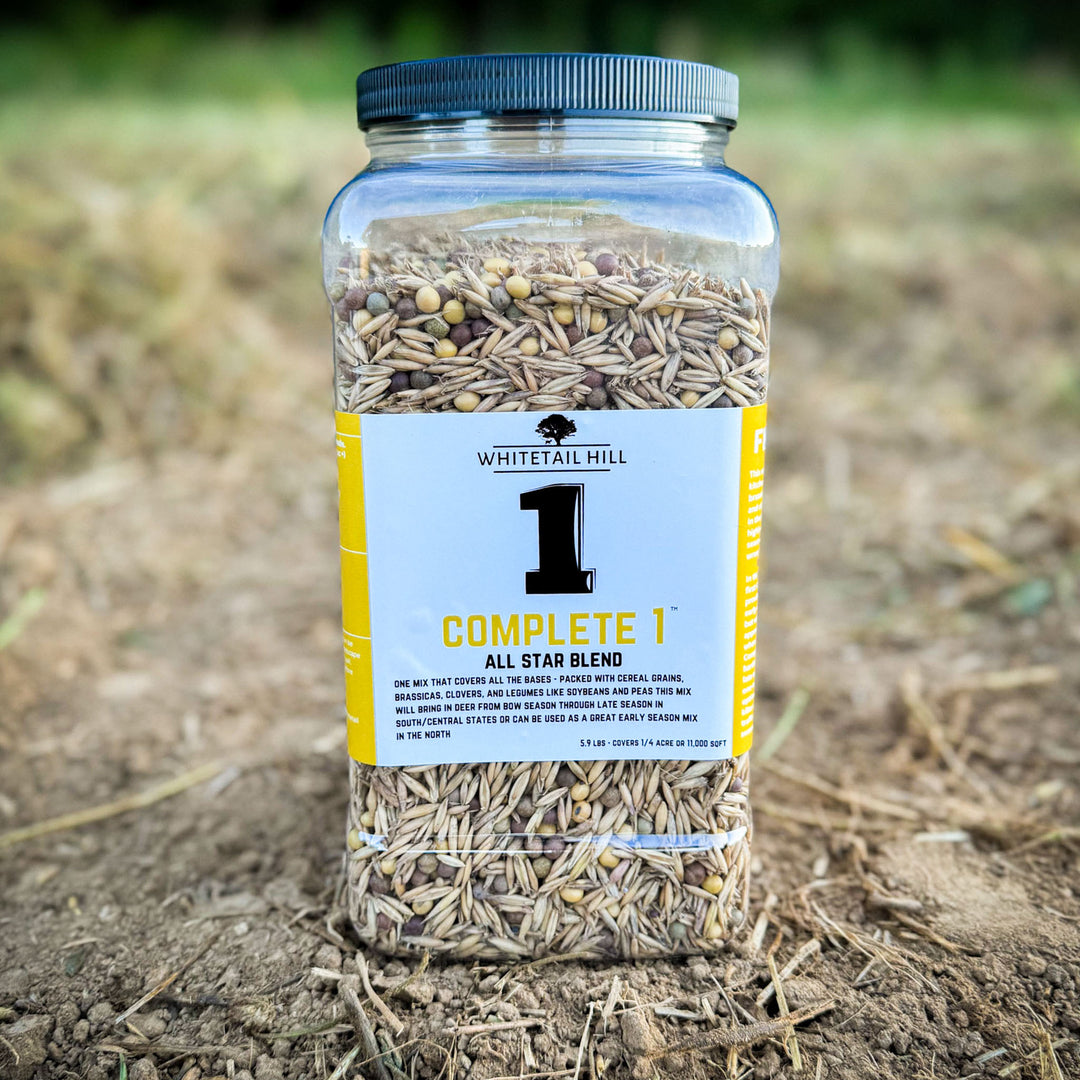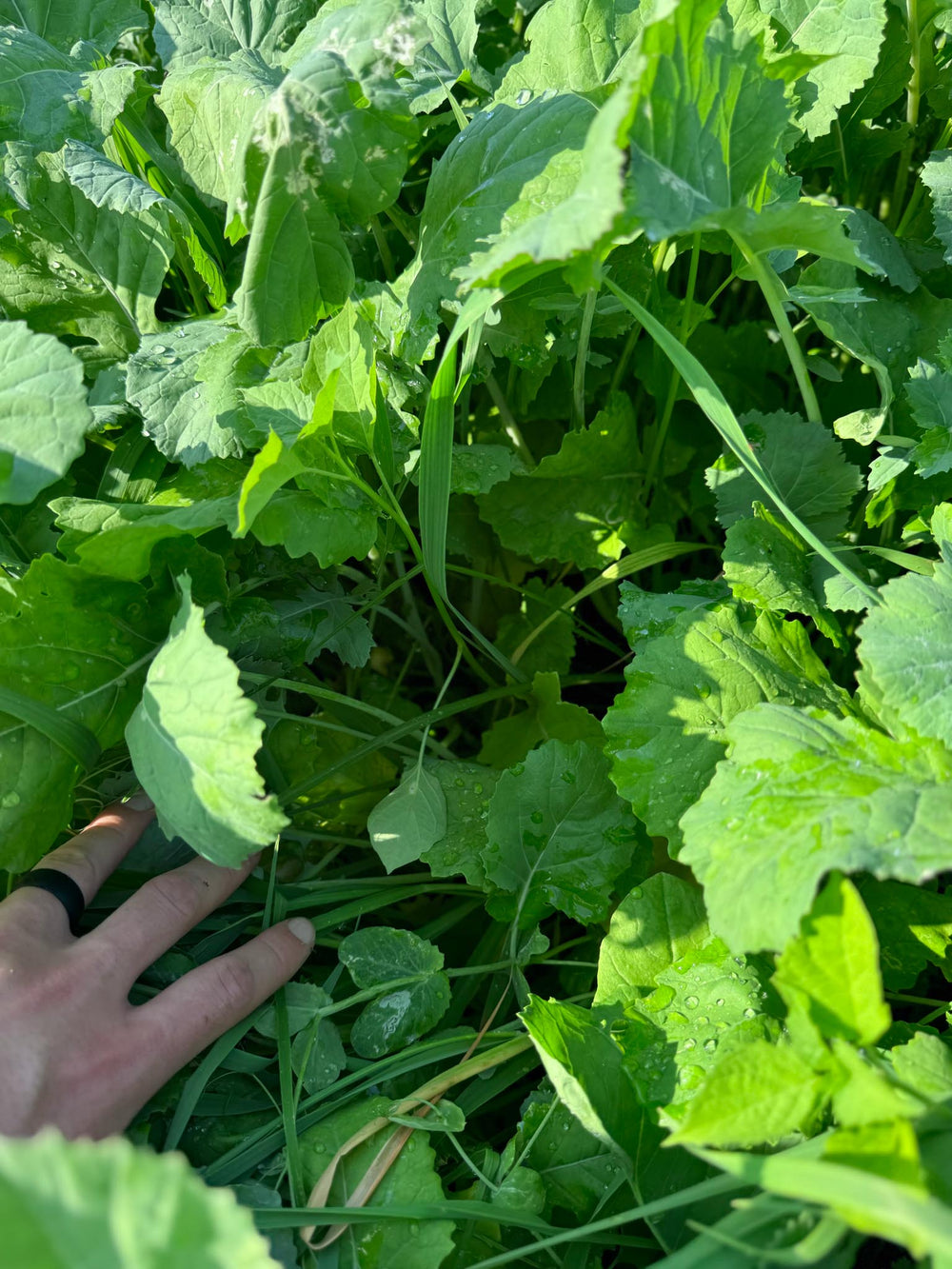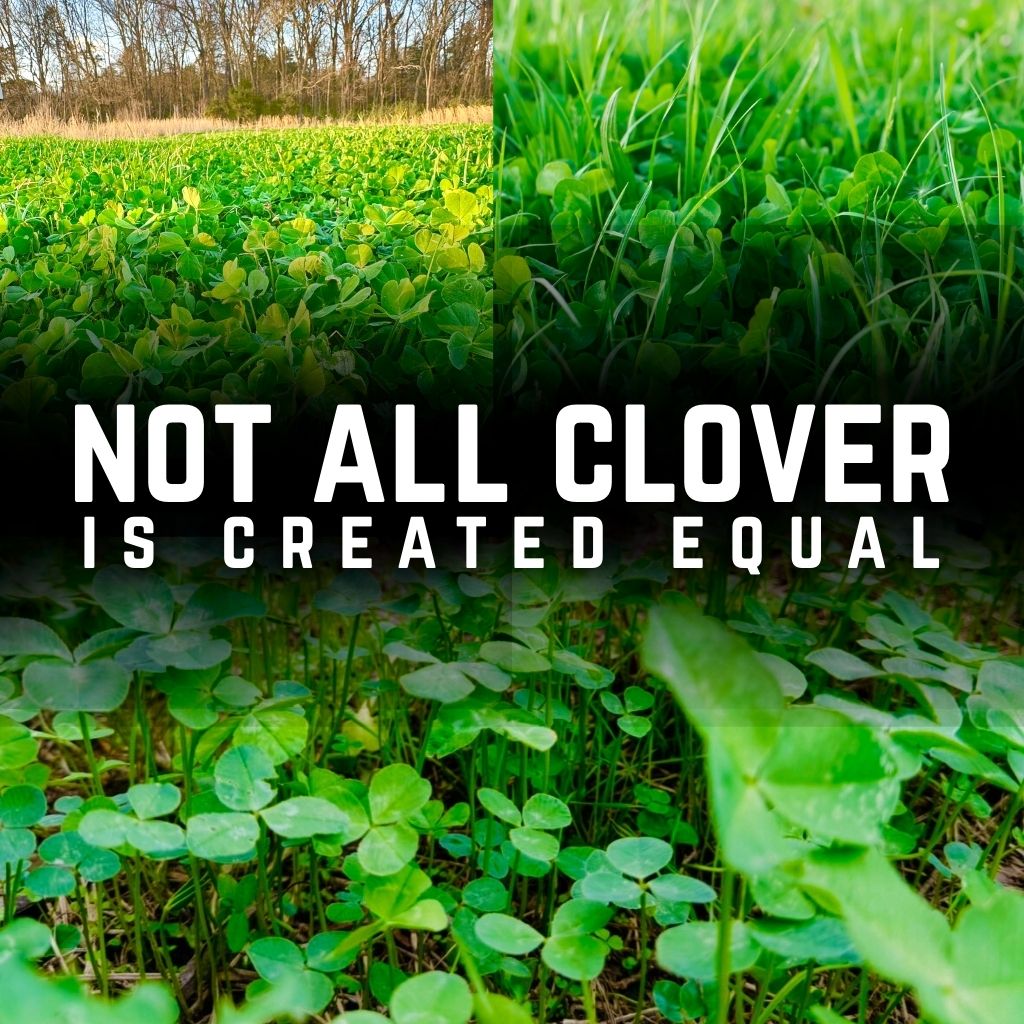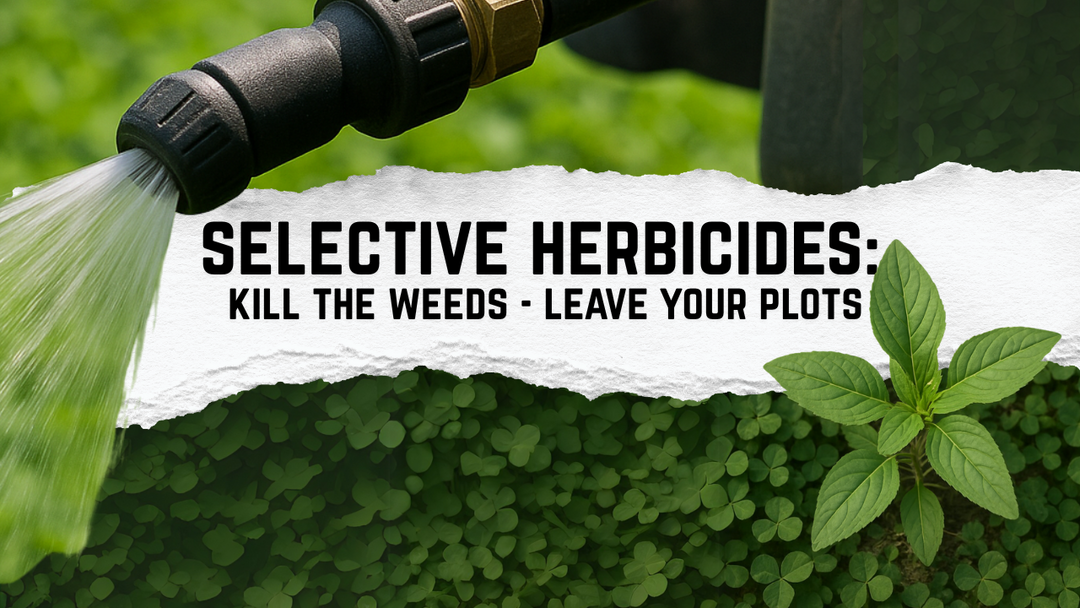Food Plot Screens & Why You Need Them

Imagine it’s a crisp fall day, a cold front has rolled in and you finally have the perfect wind to go hunt your favorite stand. You grab all your gear and head out the door full of anticipation. You get more and more excited the closer you get to that stand because you know tonight will be the night that big boy steps out. As you’re easing up to the stand along the edge of that beautiful green food plot, you hear the sound that echoes in the nightmares of whitetail hunters across the nation… a doe blowing and clearing the field. You were as quiet as you could have possibly been with the wind in your favor, and you still got busted heading to your stand. This exact same scenario happens all the time and it leaves hunters asking themselves “What could I have done any differently?”. Often, the simple answer is, use screening cover to conceal the path to your stand.
What is screening cover you ask? It's anything that grows thick and tall enough to provide a visual barrier and ideally something that deer will not use as a food source. They can be used to provide a thick barrier between your path and any open ground where deer, or other wildlife, could see you and alert others in the area. Often it is planted along the edges of food plots, along pathways leading to stands, or in strips in large fields to break up a large open field into smaller more secluded plots. Common examples include members of the grass family such as certain types of Egyptian wheat or sorghum that reach heights of over 8ft tall. Evergreen trees such as cedars or fir are also planted for screens. It's important to choose things deer don't use as a food source for a few reasons. First and foremost the idea of a screen is to keep deer from knowing you’re there so if they are feeding in it when you try to access your stand you will spook deer and it will be defeating the purpose. Secondly you want your screens to last all winter so you don’t want something deer will eat and trample. Both of these factors make standing corn a less than ideal option for screening cover.
Establishing good screen cover limits the pressure we put on our deer. As hunters and land managers, limiting the pressure on your deer herd is crucial to maintaining daylight movement. Deer are incredibly responsive to human pressure and they adjust their movements and habits to avoid it. We often think we pattern deer but the truth is while we’re patterning them they’re patterning us like their life depends on it. Once deer get you patterned, especially those mature bucks, it becomes increasingly difficult to ever catch them moving during shooting hours again. Implementing screening cover around your plots and in your access lanes to and from stands you can limit the number of times deer know you’re there. This makes you much harder to pattern and much more likely to link up with mature deer during daylight.
Research has also shown that deer feel much more comfortable in food plots during daylight hours when there is good cover around the edge of the plot. So even if you’re not walking to and from a stand adjacent to your plot, screening cover around the perimeter will increase deer activity by giving them a sense of security, especially in larger fields. Edge cover allows them a little more peace while they are exposed inside the plot because any would-be predators cannot see them. This is why the addition of screening cover to your property is a must.
Knowing where to locate your screen plantings is key to having it be successful. When planting screens for edge cover, it is as simple as it sounds. Simply plant around the perimeter of the plot to give deer and turkey that edge cover they love to promote more daylight use. If you are trying to conceal your entry and exit to your stand or blind, plant along your path up to, even around, your stand location. Sometimes you can get away with only planting one side of your path, and sometimes you need to plant a strip along both sides to completely conceal your movement. Remember, it’s not only the deer in the food plots you are trying to keep from seeing you. Deer that are bedded or are traveling between bedding, food, or water are also a threat to see you and alert. Always take into account how deer use your entire property, and even bordering properties, to help guide you on a decision for planting screening plots.
Other excellent situations for using screening are in field corners. In large fields, planting a strip of screening to “cut off” a corner and make it a secluded kill plot can be absolutely game changing. We’ve seen these set ups be very successful especially with mature deer that seldom come into larger fields. For best results keep it small, no more than a half acre.
Another use for food plot screens is one that is unfortunately all too common: poaching and property line hunters. If you have food plots visible from a road or from a neighboring property you know what we mean. Planting screening cover in these situations can block the view of your plots keeping the temptation to a minimum for road hunters and neighbors who don’t respect property lines.
Deer hunters are not the only ones who can benefit from having good screening cover. Waterfowlers can plant these plots around the edge of duck impoundments and around their blinds for added concealment. This can even reduce the amount of brush needed to add to the blind to get a good hide, resulting in much less prep work. Who doesn’t love that? Dove hunters can also plant screening mixes around the edge of their fields to give them a place to hide during dove shoots. An added bonus to some screen mixes, they can also provide a food benefit to wildlife as well. A lot of screen blends contain vegetation that produce seed heads that quail, song birds, turkey, and even waterfowl can enjoy!
No matter what game you manage for on your property, you can probably benefit from incorporating screening cover into your plans. Here at Whitetail Hill our Hideaway screening mix is specifically designed to perform as screening cover. It contains varieties of sorghum and millet of varying heights. Some grow up to 12ft tall giving the screen tremendous height while other varieties are shorter giving it thickness and strength to stand up to wind and snow. This mix of varying heights creates a matrix that helps Hideaway outperform many other screening mixes that fall flat when faced with harsh weather. This helps to ensure throughout the winter months you still have plenty of standing cover that will conceal your stand entry and exit despite those harsh north winds. It's very easy to grow and can easily be planted around your plots or in your travel lanes. If you are tired of being busted by deer as you move through your property and want to increase daylight activity in your plots give Hideaway a try this year!

